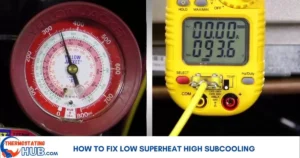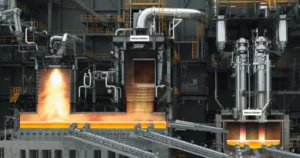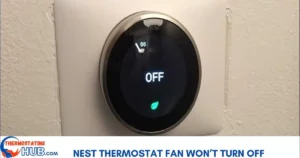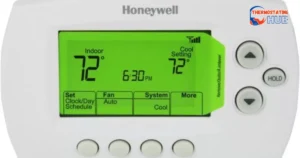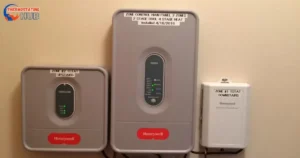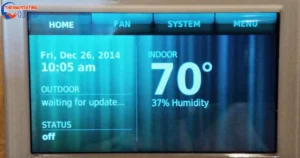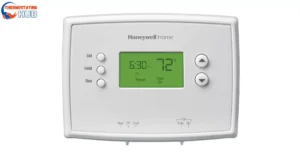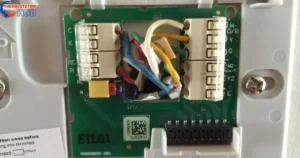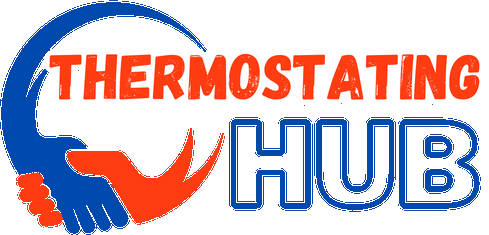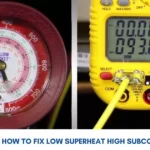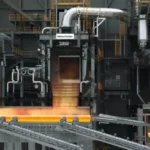In this guide, we’re looking into Carrier Furnace Code 33, breaking down its causes, and offering solutions to tackle this status code.
A Carrier furnace flashing code 33 points to an open limit switch or flame rollout switch. This occurs when one of the limit switches malfunctions or the furnace experiences overheating. 🔥
Now, let’s take a closer look at potential causes and practical solutions for resolving this issue.
To address malfunctioning limit switches, simply replace the affected ones. Overheating, on the other hand, stems from various issues like dirty air filters or a malfunctioning blower motor.
Carrier furnace code 33 may result from insufficient combustion-air supply triggered by:
- Leaks in the heat exchanger.
- Misalignment of the burner, manifold, or orifice.
- Blockages in the heat exchanger.
- Installation of the furnace in a negative pressure area.
Possible causes for code 33 on a Carrier Furnace
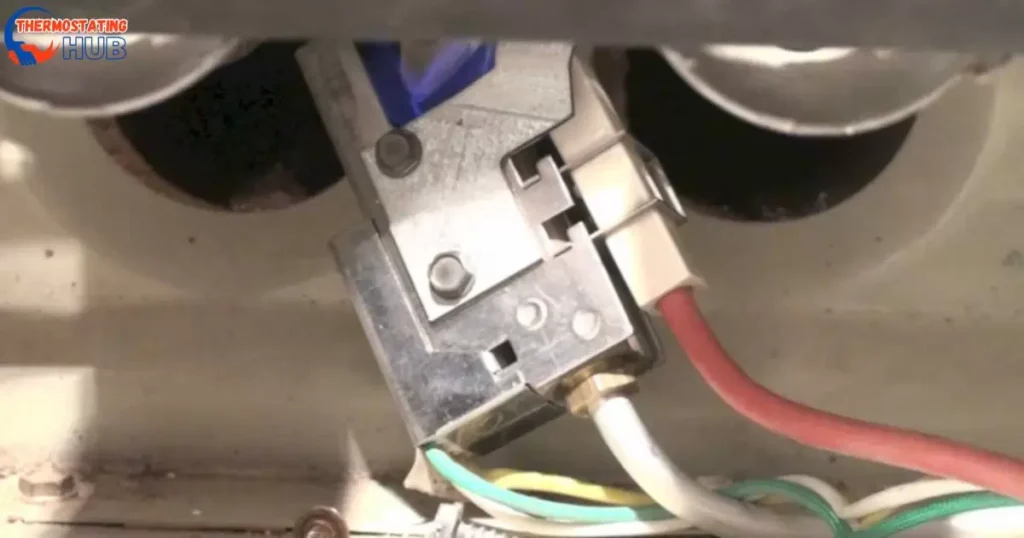
| Causes | Fix |
| Dirty or Clogged Filters | Replace air filters |
| Open Rollout Switch | Manually reset it |
| Malfunctioning Limit Switch | Replace the malfunctioning limit switch |
| Blocked Vents/Registers | Open/Unlock vents and registers |
| Defective Circuit Control Board | Replace circuit control board |
In ensuring the proper functioning of your Carrier furnace, regular maintenance is key. Keep air filters clean, inspect the heat exchanger for leaks, and ensure proper alignment of burners, manifolds, and orifices.
If issues persist, consult with a professional HVAC technician for a thorough inspection and resolution. Regular upkeep can prevent overheating and extend the life of your furnace, providing reliable warmth in colder months.
Dirty or Clogged Filters
Encountering error code 33 is a common problem, often caused by dirty or clogged
air filters. These filters play a crucial role in trapping dust, debris, and particles before they reach the furnace. When these filters get too dirty, they hinder the airflow, resulting in the furnace overheating.
As a safety measure, the furnace’s mechanisms may activate error code 33 to prevent potential damage or fire hazards. The solution to this issue is simple: replace the air filters. Consistently checking and changing your filters. Ideally, every 1-2 months can effectively prevent this problem and ensure smooth furnace operation.
Expert Insight: Proper maintenance of air filters is key to avoiding error code 33 and ensuring the longevity of your furnace. Neglecting filter changes can lead to more serious issues, impacting both performance and safety.
Regularly investing a small amount of time in filter upkeep goes a long way in preserving the health of your heating system.
Open Rollout switches
In a furnace, you’ll find various limit switches designed to safeguard the system from overheating. Positioned either above or beside the burners, the rollout switch plays a crucial role in this safety setup.
This switch acts promptly if it senses flames escaping their designated area, shutting down the furnace to prevent potential hazards. The common cause is an obstruction affecting the proper airflow through the flue or venting system.
Identifying rollout switches is easy—they’re situated about an inch from the top of the burners and feature small red reset buttons.
Now, if the furnace faces an issue triggering the rollout switch, you can manually reset it. Simply press the centrally located button between the wires connected to the switch. A reassuring click may accompany this action.
Encountering persistent problems related to open limits? A useful diagnostic step is to perform a test. Bypass each limit switch individually using a small car fuse, a piece of wire, or a straightened paperclip to see if the error resolves.
Remember, this is a diagnostic measure, not a permanent solution. It’s crucial to address the root cause for a lasting fix.
Blocked Vents/Registers
Insufficient airflow, often caused by blocked vents or registers, can result in overheating, triggering error code 33 on the furnace.
To resolve this issue, inspect all vents and registers in your home. Ensure furniture, curtains, or other objects cause no obstructions. Clear any blockages to guarantee proper airflow. This simple step can help prevent overheating and keep your furnace running smoothly.
Malfunctioning blower motor
Step 1: Use needle-nose pliers, a jumper, or a straightened paper clip to connect the R (red) and G (green) terminals on the control board. This checks if the blower fan starts running. Activate the door switch slightly to allow power to flow to the furnace, as shown in the picture below.
Pro Tip: Ensure a snug connection and be cautious with the door switch to prevent any interruptions in power flow.⚡
Step 2: Keep the door switch taped or held down. Trigger a heating cycle by calling for heat and letting the burners ignite.
Place one meter lead on the HEAT terminal on the control board and the other on the BLW Neutral terminal. Within around 30 seconds of burner ignition, verify if the control board is sending 120 volts AC to the blower motor.
This test is crucial in ensuring the control board functions seamlessly during the ignition process, providing insights into its proper operation.🔍
Read Also: Common Symptoms of Bad TXV Explained
Defective circuit control board
In the cooling mode, the limit switches remain inactive.
Should your furnace enter a lockout state in heating mode due to an open switch from excessive temperature or flame rollout, it stays locked out, displaying the 33 error until power is cycled or the limit switch is reset.
However, if the 33 error occurs specifically during the cooling mode, it signals an issue with the circuit control board.
Responsible for overseeing various furnace functions, the circuit control board, when functioning correctly, ensures seamless operation in both heating and cooling modes.
Consistently facing the 33 error during cooling indicates a malfunctioning circuit control board.
Solution: To resolve this issue, consider replacing the malfunctioning circuit control board for effective troubleshooting and a well-functioning furnace.🔄
Exploring Future Innovations in Carrier Furnace Code 33 Technology: What Lies Ahead?
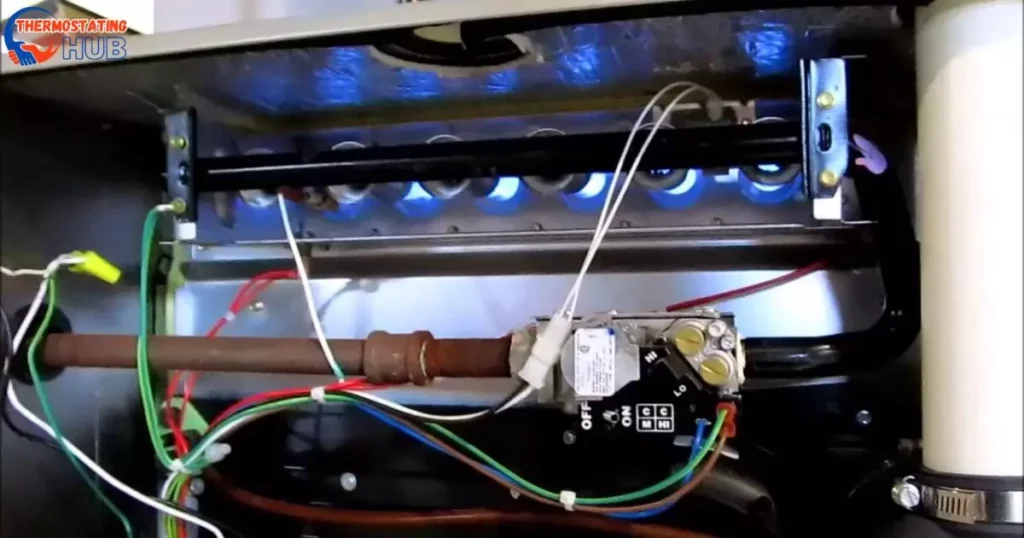
Future innovations in Carrier Furnace Code 33 technology are poised to bring significant advancements to enhance efficiency, user experience, and overall performance. As technology continues to evolve, the following trends are anticipated in the realm of Carrier Furnace Code 33:
- Smart Integration: Integration with smart home systems is on the horizon. This could enable users to monitor and control their furnaces remotely through mobile applications, providing real-time updates and diagnostics.
- Enhanced Diagnostics: Future iterations may incorporate more advanced diagnostic features, allowing for quicker and more accurate identification of issues. This could streamline troubleshooting processes and minimize downtime.
- Predictive Maintenance: The integration of predictive maintenance algorithms could become a standard feature. By analyzing performance data, the furnace could anticipate potential issues before they escalate, prompting proactive maintenance measures.
- Energy Efficiency Focus: Future innovations may prioritize energy efficiency, aligning with the broader industry trend toward sustainable and eco-friendly solutions. This could lead to furnaces that not only provide reliable performance but also reduce energy consumption.
- User-Friendly Interfaces: User interfaces may become more intuitive and user-friendly, catering to a wider range of users. This could include simplified error code displays and guided troubleshooting steps to empower users to address minor issues independently.
- Remote Support and Updates: Furnaces may offer remote support capabilities, allowing technicians to diagnose and address issues remotely.
- Enhanced Safety Features: Continuous advancements in safety features are likely. Future iterations of Code 33 technology may incorporate even more sophisticated safety measures to ensure the protection of the furnace and the surrounding environment.
The future of Carrier Furnace Code 33 technology holds exciting possibilities, with a focus on smart integration, advanced diagnostics, energy efficiency, and enhanced user experiences. As these innovations unfold, homeowners can expect more reliable and intelligent furnace systems that align with the evolving demands of modern living.🚀
Pros and Cons of the Carrier Furnace Code 33: Unveiling the Upsides and Downsides
| Pros | Cons |
| Efficient Overheat Protection: Code 33 serves as a reliable safety feature, shutting down the furnace in case of overheating or flame rollout. | Potential Lockout Issues: Lockout situations may occur in heating mode, requiring power cycling or limit switch resets. |
| Quick Diagnostic Test: The diagnostic steps involving the rollout switch provide a straightforward method to identify and address issues. | Cooling Mode Anomalies: If the 33 error persists during cooling, it points to a malfunctioning circuit control board. |
| User-Friendly Reset Process: The manual reset of the rollout switch is a simple procedure, requiring the pressing of a centrally located button. | Replacement Cost: If the circuit control board is malfunctioning, replacement may be necessary, incurring additional expenses. |
Expert Insight: The Carrier Furnace Code 33 offers robust safety features, ensuring efficient protection against overheating. However, users should be aware of potential lockout situations in heating mode and be prepared to address circuit control board issues for uninterrupted cooling performance.
Regular maintenance and prompt troubleshooting can enhance the overall reliability of the furnace system.
Key Takeaways on Navigating Carrier Furnace Code 33: Insights for Effective Troubleshooting
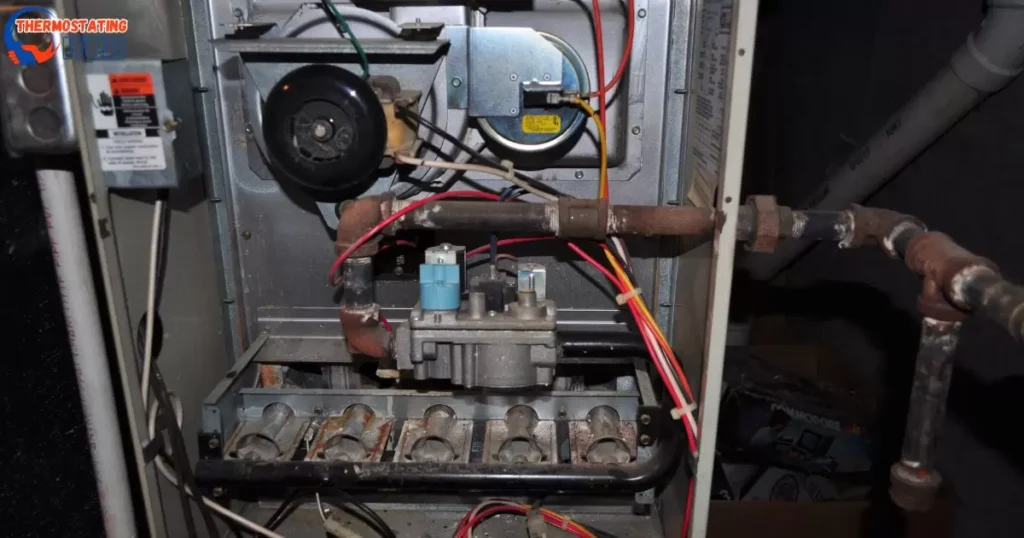
- Safety First: Code 33 serves as a crucial safety feature, protecting the furnace from overheating or flame rollout, and ensuring the safety of the system and the surrounding environment.
- Diagnostic Steps: The rollout switch provides a straightforward diagnostic test. Connecting the R and G terminals and resetting the switch can help identify and address issues related to overheating.
- Lockout Situations: In heating mode, a lockout state may occur due to an open switch. To resolve this, power cycling or resetting the limit switch is necessary.
- Cooling Mode Anomalies: If the 33 error persists during the cooling mode, it signals a potential issue with the circuit control board, necessitating further investigation and potential replacement.
- User-Friendly Reset: Resetting the rollout switch is a user-friendly process. Simply press the centrally located button between the wires connected to the switch.
- Regular Maintenance: To ensure optimal performance, regular maintenance is crucial. This includes checking vents and registers and ensuring there are no obstructions in the airflow.
- Future Innovations: Stay informed about future innovations in Code 33 technology, including smart integration, enhanced diagnostics, and predictive maintenance for a more advanced and efficient furnace system.
- Energy Efficiency: Keep an eye on energy efficiency trends, as future advancements may focus on reducing energy consumption and promoting eco-friendly solutions.
- Proactive Troubleshooting: Embrace proactive troubleshooting by staying vigilant for any unusual patterns or error codes. Addressing issues promptly can prevent potential breakdowns and ensure continuous furnace operation.
- User Empowerment: Understand the user-friendly aspects of the system, such as the reset process and diagnostic steps. This empowers homeowners to address minor issues independently.
- Expert Assistance: For complex issues or circuit control board malfunctions, seeking expert assistance is advisable. Professional technicians can provide in-depth diagnostics and recommend appropriate solutions.
Answers To Key Questions
How do you fix code 33 on a Carrier furnace?
To fix a code 33 on a Carrier furnace, first, check for issues with the air filter, ventilation, and the blower motor. Clean or replace the air filter, ensure proper airflow, and inspect the blower motor. If problems persist, it’s recommended to consult a professional HVAC technician to diagnose and address the specific cause.
What is code 33 on the Carrier alarm?
Code 33 on a Carrier furnace alarm typically indicates a limit switch fault. This error is often associated with issues related to airflow, such as a dirty air filter, blocked vents, or problems with the blower motor.
What does code 33 then 13 mean on a furnace?
Code 33, followed by code 13 on a furnace, likely indicates a sequence of errors. Code 33 usually refers to a limit switch fault, while code 13 may point to a flame rollout switch lockout. Each code should be addressed individually by checking for issues with the limit switch, airflow, or other relevant components.
What is error 33 on Carrier AC?
Error 33 on a Carrier air conditioner typically indicates a limit switch fault. Similar to a furnace, this error is often associated with issues affecting proper airflow, such as a dirty air filter, blocked vents, or problems with the blower motor.
What causes code 33?
Code 33 on a furnace, including Carrier models, is commonly caused by a limit switch fault. This can be triggered by restricted airflow due to a dirty air filter, blocked vents, or issues with the blower motor. Proper maintenance and regular inspection can help prevent and address code 33 issues.
Final Thoughts
In unraveling the intricacies of Carrier Furnace Code 33, we’ve delved into the causes, fixes, and insights surrounding this critical error. From addressing dirty filters to the user-friendly reset process for rollout switches, each facet plays a pivotal role in maintaining the furnace’s health. Remember, these simple yet effective steps lead to a smoothly operating furnace.
For a comprehensive understanding of troubleshooting and future innovations, delve into the full article. Your furnace’s longevity and efficiency await, and the expertise shared within offers a roadmap to navigate Code 33 and ensure your heating system thrives. Happy reading and warm winters ahead!

I’m Matthew Porter, the HVAC enthusiast at thermostatinghub.com. Beyond being a writer, I’m your dedicated problem solver for all things heating and cooling. Join me on my blog for a storytelling adventure through the HVAC universe. Together, let’s transform your comfort challenges into tales of coziness!
![Carrier Furnace Code 33 [Fixed]](https://thermostatinghub.com/wp-content/uploads/2023/12/carrier-furnace-code-33-fixed.webp)



